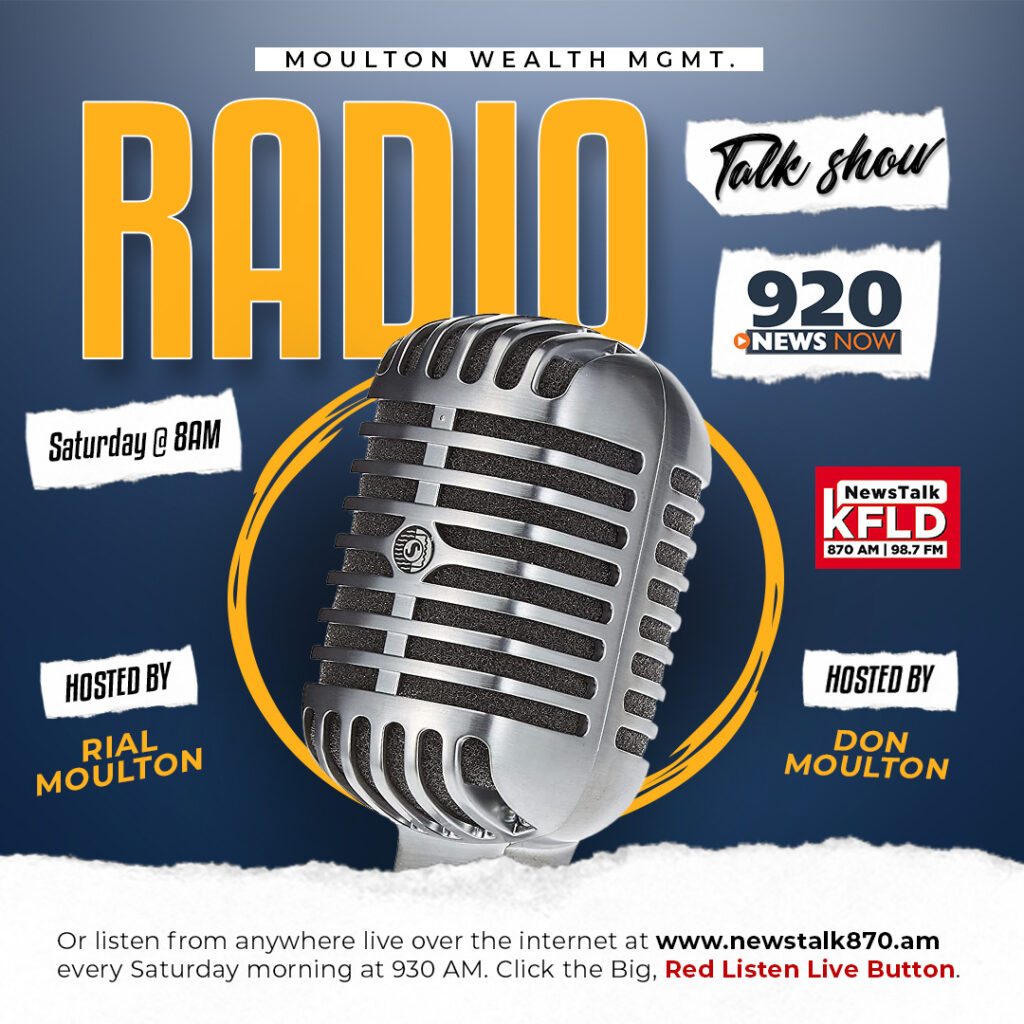- August 14, 2022
- Posted by: Administrator
- Category: Market Sentiment

The list of things to worry about may have shrunken considerably. However, there are still some looming recession concerns and the specter of inflation. The good news is that mortgage rates remain low, corporate balance sheets are strong, and the consumer appears to be in good shape after the pandemic recession.
President Biden and allies met recently to discuss new sanctions against Russia. Investors were given an opportunity to take profits after a significant rebound in major market averages over the previous seven days, with oil prices climbing by $5 to $115 per barrel. Energy and materials were the only two sectors to finish in the green.
Two pieces of economic data have been affecting market sentiment. The first was a report from the Institute for Supply Management (ISM) showing that manufacturing activity in the U.S. unexpectedly contracted in March, with the index falling to 49.1 from 50.7 in February. This was the first time the index has been below 50 since January 2020, indicating that manufacturing activity is contracting.
Our wall of worry looks quite different today. The S&P500 has doubled from its bottom of 2,237 on March 23, 2020, making it two years since the bull market began. A worldwide epidemic that effectively shut down the economy has resulted in rapid price increases and tighter monetary policy to combat it. I prefer the latter greatly.
We suggest that they have not changed economic reality but have merely delayed and amplified the ultimate downturns. It’s comparable to a person who is exhausted but refuses to sleep. First, they drink coffee, which helps. They are ecstatic with their selection. But of course, they’re even more tired when it wears off and must turn to espresso to get through the day. They haven’t “changed their sleeping habits,” as the term implies; instead, they’ve extended them and worsened the crash further.
Notes on Inflation Concerns
The Federal Reserve has two objectives: “Stable Prices” and “Low Unemployment.” to begin, low inflation is likely to have given them the leeway to go down this road in the first place. They could push policies to support markets, hoping that a “wealth effect” would lead to decreased unemployment.
Indeed, their policies did not appear to push up average inflation in things like food and gasoline. Yet, they did cause asset price inflation — especially stock and bond prices, real estate values, art prices, wine prices, baseball card prices, cryptocurrency valuations, and just about everything else. Those asset price hikes have spilled over into necessities like food and fuel.
In isolation, the Fed may be unable to reduce food and gasoline costs. They must also bring down the cost of all assets that have risen in price. This brings us to today’s employment report, released on Friday by the Bureau of Labor Statistics. On Friday, the BLS revealed that the United States had 528,000 new jobs in July, more than double what was predicted. Unemployment also dropped to 3.5 percent this month. The economy is said to be doing well, with many people saying that there are no signs of a recession.
Of course, job numbers have been a coincidence or even a lagging indicator in the past. They haven’t been particularly successful at predicting recessions. Several times throughout history, jobs have been beneficial to recessions. The initial jobless claims (i.e., those applying for unemployment) are better predictors of recession than employment (i.e., when people don’t work).
According to Edward Greenberg, the four-week average of initial claims has risen 84,000 from the cycle lows. We were already in a recession when this occurred during the Great Financial Crisis in March 2008. It also increased by this much in August 1990, one month into that recession. Other notable periods include October 1981, December 1979, January 1974, November 1973, and March 1970, each of which saw a similar rise. We were already in a recession or a month into it seven times, six recessions, and seven depressions.
Final Considerations About Market Sentiment
One thing to consider is that, while the increase in employment was 84,000 greater than in previous recessions, it was smaller than the total jobs lost during those downturns. We still believe it’s worth noting, however. Let’s do some second-level thinking about employment. If low inflation allowed the Fed to create artificially inflate asset prices to supposedly aid reduce unemployment, won’t low unemployment enable the Fed to keep raising rates and tightening monetary conditions to combat elevated prices? Isn’t there a certain parallel between them?
If you’re interested in this topic and many more like it, please check out our Radio Show page and listen to Don & Rial Moulton every Saturday morning on Live Radio or follow them on SoundCloud, so you never miss an episode.
Have you ever heard of the “Fear & Greed Index” maintained by CNN.com? It’s an interesting resource to determine market sentiment at any given time.

